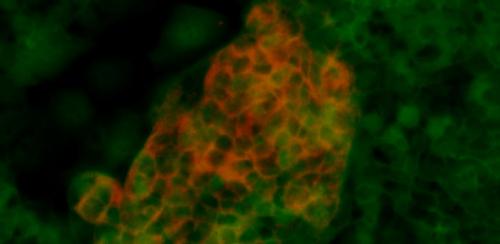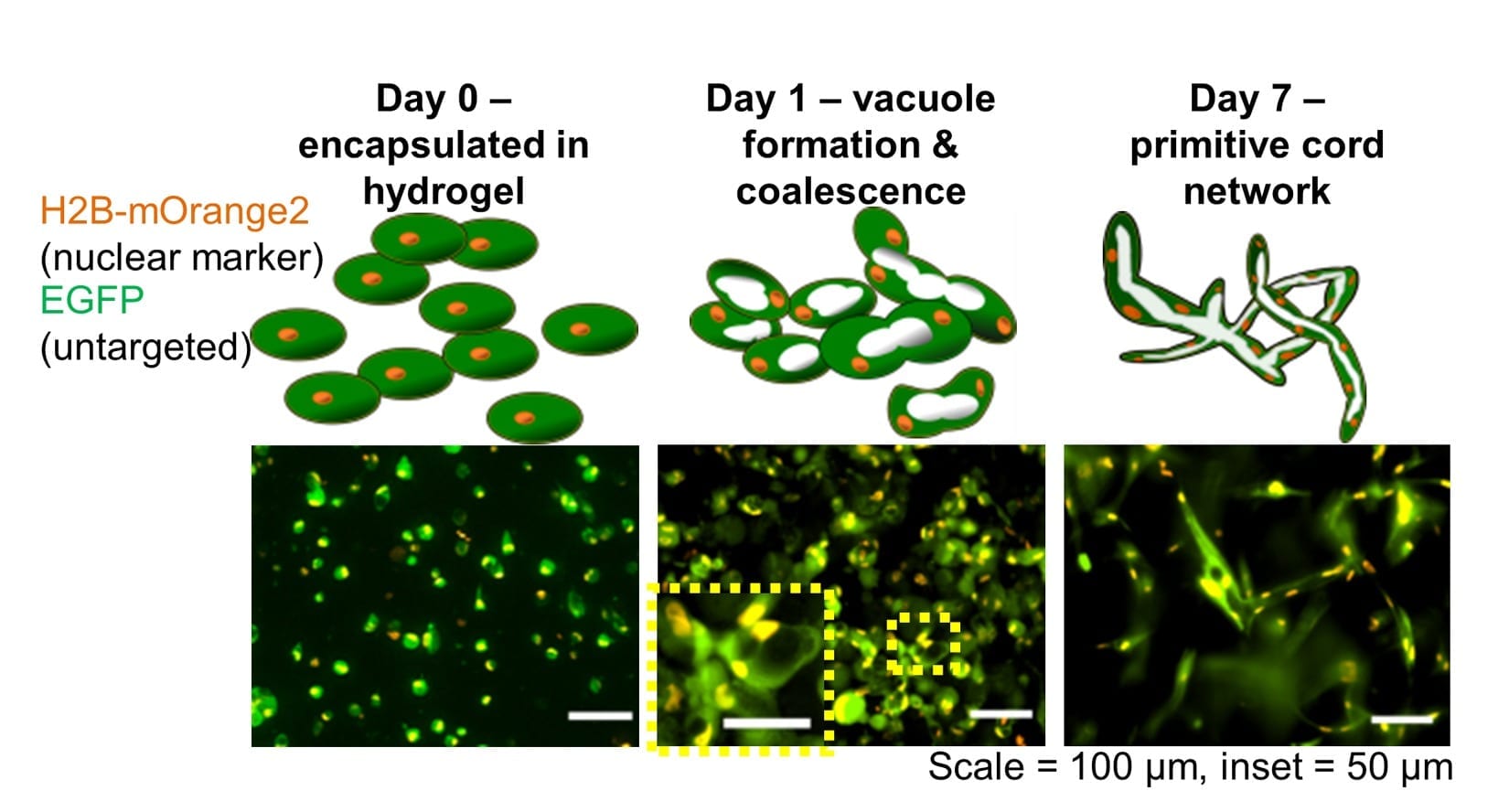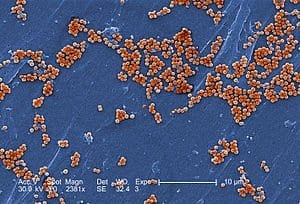
Possible to use them for regenerative therapies, repairing damaged organs or tissues in the body, and treating conditions such as type I diabetes or liver disease
A new method for creating stem cells for the human liver and pancreas, which could enable both cell types to be grown in sufficient quantities for clinical use, has been developed by scientists.
Using the technique, researchers have for the first time been able to grow a pure, self-renewing population of stem cells specific to the human foregut, the upper section of the human digestive system.
These so-called “Foregut stem cells” could then be developed further to produce liver or pancreatic cells. The method significantly improves on existing techniques for cultivating this type of stem cell, and raises the possibility that, with further work, they could be grown in large numbers in bioreactors. That would make it possible to use them for regenerative therapies, repairing damaged organs or tissues in the body, and treating conditions such as type I diabetes or liver disease.
“We have developed a cell culture system which allows us to specifically isolate foregut stem cells in the lab,” Dr Nicholas Hannan, from the University of Cambridge Wellcome Trust MRC Stem Cell Institute, Department of Surgery, explained. Hannan led the study, which was carried out in the lab of Dr Ludovic Vallier.
“These cells have huge implications for regenerative medicine, because they are the precursors to the thyroid upper airways, lungs, liver, pancreas, stomach and biliary systems. We now have a system where we may be able to create all these cell types from the same starting population.”
As reported in the journal Stem Cell Reports, the method also means that researchers will be able to analyse the embryonic development of foregut cells in greater depth. “We now have a platform from which we can study the early patterning events that occur during human development to produce the intestines, liver, lungs and pancreas,” Hannan added.
The approach marks a breakthrough because it overcomes some of the problems which currently limit scientists’ abilities to grow cells associated with the liver, pancreas, and other parts of the foregut in sufficiently large numbers for clinical use.
Stem cell growth starts with human pluripotent stem cells (hPSCs). These are non-specialised biological cells with the potential to transform – or “differentiate” – into any of the three primary layers of cells from which all tissues and organs develop. Because these cells also self-renew, creating copies of themselves, they offer the potential to provide an infinite source of clinically usable cells for regenerative medicine.
Go deeper with Bing News on:
Transplant therapies
- From Karachi to Chennai: 19-Year-Old Pakistani Receives Life-Saving Heart Transplant In India
A 19-year-old Pakistani teenager, Ayesha Rashid, embarked on a remarkable journey from Karachi to Chennai, India, seeking a life-saving heart transplant. Diagnosed with dilated cardiomyopathy at the ...
- Celebrating 10 years of life after pediatric lung transplant
Celebrate Parson's 10-year anniversary of her life-saving lung transplant during Donate Life Month. Learn more about the impact of organ donation.
- 'You need a transplant': How a breathless beach walk saved Toms River woman's life
Michele Corcione thought maybe she was just a little out of shape when she found herself so out of breath. It tuned out she needed a lung transplant.
- CD7 CAR T-Cell Therapy, Stem-Cell Transplant Beneficial for CD7-Positive Tumors
For patients with relapsed or refractory CD7-positive leukemia or lymphoma, sequential CD7 chimeric antigen receptor (CAR) T-cell therapy followed by haploidentical hematopoietic stem-cell ...
- NYU Doctors Perform First-Ever Pig Kidney Transplant Combined With Heart Pump Implant
Another milestone in pig-to-human transplantation has been crossed, with doctors at New York University Langone today announcing the world’s first combination pig kidney and heart pump transplant. The ...
Go deeper with Google Headlines on:
Transplant therapies
[google_news title=”” keyword=”Transplant therapies” num_posts=”5″ blurb_length=”0″ show_thumb=”left”]
Go deeper with Bing News on:
Regenerative medicine
- New prototype that regenerates stem cells may repair IPF scarring
Researchers developed NZ-97, an inhalable drug that stimulates the growth of stem cells in the lungs, potentially repairing scarring in IPF.
- Regenerative Medicine Market Size Expected to Reach USD 154.05 Bn by 2033
The global regenerative medicine market size is expected to reach around USD 154.05 billion by 2033 increasing from USD 29.42 billion in 2023, growing at a healthy CAGR of 18% from 2024 to 2033.Ottawa ...
- ROSM can help reduce pain & enhance mobility
Struggling with pain that limits your mobility? ROSM in the D.C., Maryland, and Virginia area offers advanced treatments to help you get back to daily activity!
- Hybrid brain lets one species' neurons help out another's
Adding rat stem cells to a mouse embryo resulted in a ‘hybrid brain’ in which the rat cells stepped in to restore function when the mouse’s sense of smell was removed, new research has shown. It’s the ...
- Cabinet approves two bills on regenerative medicine
The draft regenerative medicine bill stipulates that only government-certified medical institutions can administer such treatments, with individuals or organizations that administer them without ...
Go deeper with Google Headlines on:
Regenerative medicine
[google_news title=”” keyword=”regenerative medicine” num_posts=”5″ blurb_length=”0″ show_thumb=”left”]










